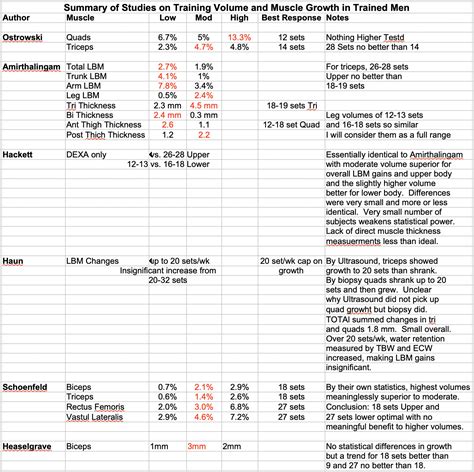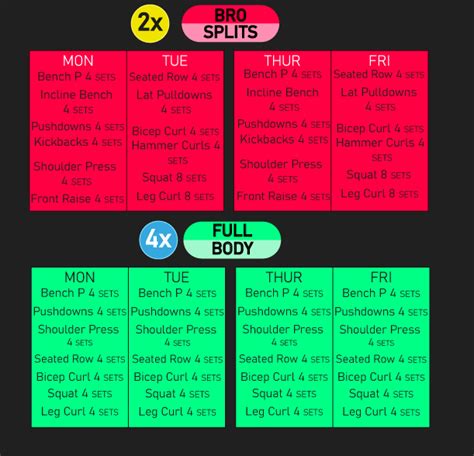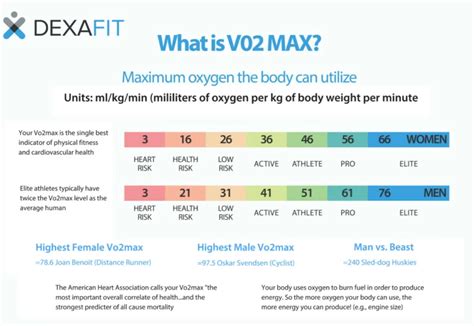How to optimize weekly volume for peak strength gains & faster recovery?

Achieving peak strength and ensuring efficient recovery are two sides of the same coin in any effective training program. The key often lies in understanding and optimizing your weekly training volume – the total amount of work you do in a given week. Too little volume, and you won’t stimulate adaptation; too much, and you risk overtraining, injury, and stalled progress. This article delves into how to strike that perfect balance.
Understanding Optimal Training Volume
Training volume is typically calculated as sets x reps x weight lifted, or more simply, the total number of hard sets performed per muscle group per week. While there’s no one-size-fits-all answer, general guidelines exist. For strength gains, a sweet spot often lies between 10-20 hard sets per muscle group per week, split across 2-3 training sessions. However, this range is highly individual and depends on your training experience, current strength levels, and recovery capacity.
Beginners typically require less volume to make progress, as their bodies are highly sensitive to new stimuli. Advanced lifters, on the other hand, may need higher volumes to continue to adapt, but also need to be more mindful of deloads and recovery strategies.

Progressive Overload and Volume Cycling
Simply doing more volume isn’t always better. The principle of progressive overload – gradually increasing the demands on your body – is paramount. This can mean increasing weight, reps, or sets over time. However, a constant linear increase in volume isn’t sustainable. Volume cycling, or periodization, is crucial for long-term progress and injury prevention.
Consider structuring your training with periods of higher volume followed by periods of lower volume or active recovery (deloads). For example, you might have 3-4 weeks of increasing volume, followed by a week where volume is reduced by 30-50%. This allows your body to recover, adapt to the previous stimulus, and come back stronger for the next cycle.
Implementing Effective Recovery Strategies
Prioritize Sleep
Sleep is arguably the most critical component of recovery. During deep sleep, your body repairs muscle tissue, releases growth hormone, and restores energy levels. Aim for 7-9 hours of quality sleep per night. Establishing a consistent sleep schedule and creating a conducive sleep environment can significantly enhance your recovery.

Nutrition for Repair and Growth
Your diet fuels your training and recovery. Ensure adequate protein intake (1.6-2.2 grams per kg of body weight) to support muscle repair and synthesis. Carbohydrates are essential for replenishing glycogen stores, and healthy fats play a role in hormone production and overall health. Hydration is also key – drink plenty of water throughout the day.
Active Recovery and Stress Management
Light activity, such as walking, stretching, or foam rolling, can help improve blood flow, reduce muscle soreness, and promote recovery without adding significant stress. Managing overall life stress is also vital, as chronic stress can elevate cortisol levels, hindering recovery and performance.

Listen to Your Body: Individualization is Key
While guidelines are helpful, your body provides the best feedback. Pay attention to signs of overtraining, such as persistent fatigue, decreased performance, increased irritability, or prolonged muscle soreness. If you experience these symptoms, it’s a clear signal to reduce volume, take an extra rest day, or schedule a deload week.
Experiment with different volume levels and recovery strategies to find what works best for you. Some individuals thrive on higher volumes, while others make excellent progress with less. Keep a training log to track your progress, performance, and how you feel, allowing you to make data-driven adjustments.

Conclusion
Optimizing weekly training volume is a dynamic process that requires a thoughtful approach to training principles and an acute awareness of your body’s signals. By understanding the balance between stimulus and recovery, implementing progressive overload and volume cycling, prioritizing sleep and nutrition, and listening to your body, you can unlock peak strength gains and accelerate your recovery, ensuring sustainable and effective long-term progress in your fitness journey.










